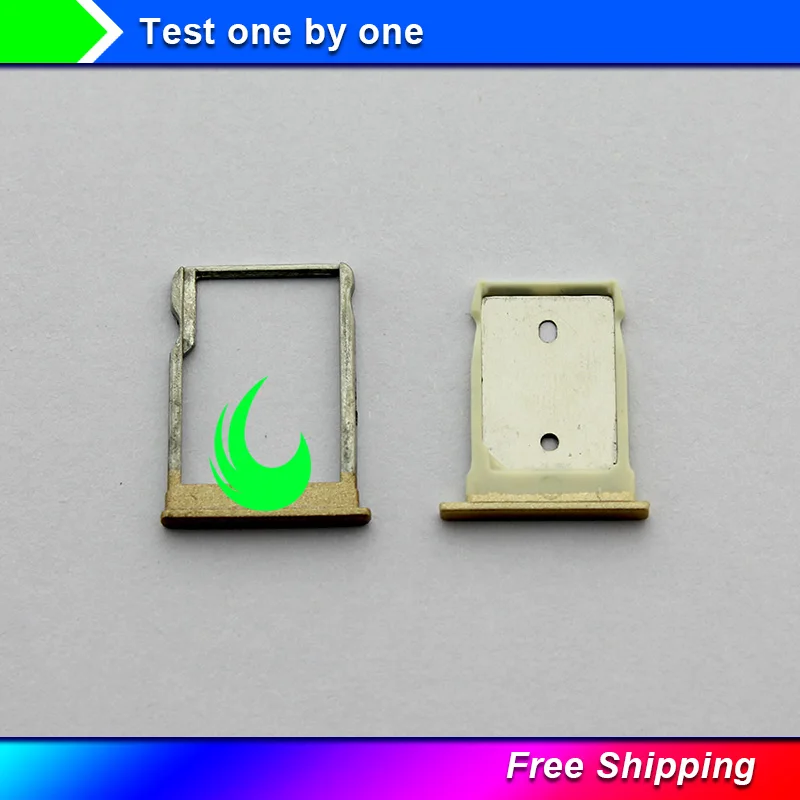To operate properly, your phone needs some cards that will be installed in slots on the side of your HTC One: your SIM card and a MicroSD card.
As you can see in the figure, the SIM card is slightly smaller than the MicroSD card. The HTC One uses what is called a nano-SIM card.
The HTC One X, The 2013 HTC One plus also The HTC Butterfly and the refreshed version of the HTC One X, called the One X+ was promised an update by HTC to the latest version Android 4.2.2 and the new Sense version 5 in the near future and just a few days later on the 19th of August, the update officially began rolling out to the One X, bringing. Htc one x no sd slot. The exact placement of the chips determines the bet being made. But as he recounts in the preview clip, there have htc one x no sd slot been stretches of time wherein prescription drug consumption became dangerously intertwined with his day-to-day lifestyle. Specifically, using the third step of the Navigator, the founders designed a small portfolio of backup and growth.
While both cards are small, thin, and somewhat rectangular, they perform very different functions. The SIM card stores the information about your phone number. It also stores information so that the data network knows who you are.
One Plus X Specification
You may have used a SIM card in the past. If so, you are familiar with the ability to pop out the SIM card, put it in another phone, and use the new phone to make and receive calls. Chances are that you used the standard mini-SIM. The nano-SIM can store more information, but is smaller.
One Plus X Phone
The nano-SIM card is slightly smaller and thinner than the micro-SIM card and the mini-SIM card. Unfortunately you can’t use a nano-SIM card with phones designed for the other formats, nor can you cut a micro-SIM card to fit. At best, trying to make it fit will not work. At worst, you could make it fit and it will probably break something.
If you aren’t familiar with the benefit of SIM cards, now you get that benefit (although, why would you ever want to leave your wonderful HTC One?).
The MicroSD card serves a purpose other than keeping your identity. You can use this memory card for storing files, music, photos, and video. Your phone comes with built-in memory.
No, it doesn’t just come with memory. It comes with a whole lot of memory. It can vary depending upon the model, but yours probably has 32 gigabytes of memory. This is huge!
However, this memory is built in and you can’t remove it from your phone. The information stored on the built-in memory can be transmitted using a variety of methods. However, there are some files where it is just easier to pop out the card and insert it into another phone or a PC.
This scenario is where the removable MicroSD comes in.
Htc One X Plus
When installed, you can have yet another big chunk of memory at your disposal. Your phone can handle up to 128 gigabytes of memory if you are willing to pay for a card this large! This is mega-ultra–huge amount of memory!
Htc One Plus 7 Pro

Putting in and taking out the MicroSD card is easy once you’ve done it a few times. You may want to practice, but be careful not to lose the card. To remove a MicroSD card, follow these steps:
Find the memory card slot on the right of the phone.
The figure shows the location of the memory card slot and the tray ejection hole.
Get the right tray ejection tool.
You can get one for between $5 and $10 from selected retailers. The second option is a paper clip. It’s available at many fine office supply stores in packages of l00 for somewhat less. Your choice.
Insert your tray ejection tool into the opening and push until the memory tray pops out.
Your ejection tool will go into the hole and then hit something hard. Press firmly but gently and you will see the memory card frame come out a smidgen. Pull it the rest of the way out with your fingernail. The memory card rests loosely on the tray. It does not snap in to the tray, so be careful to hold the tray and card flat when you are inserting them into your phone.